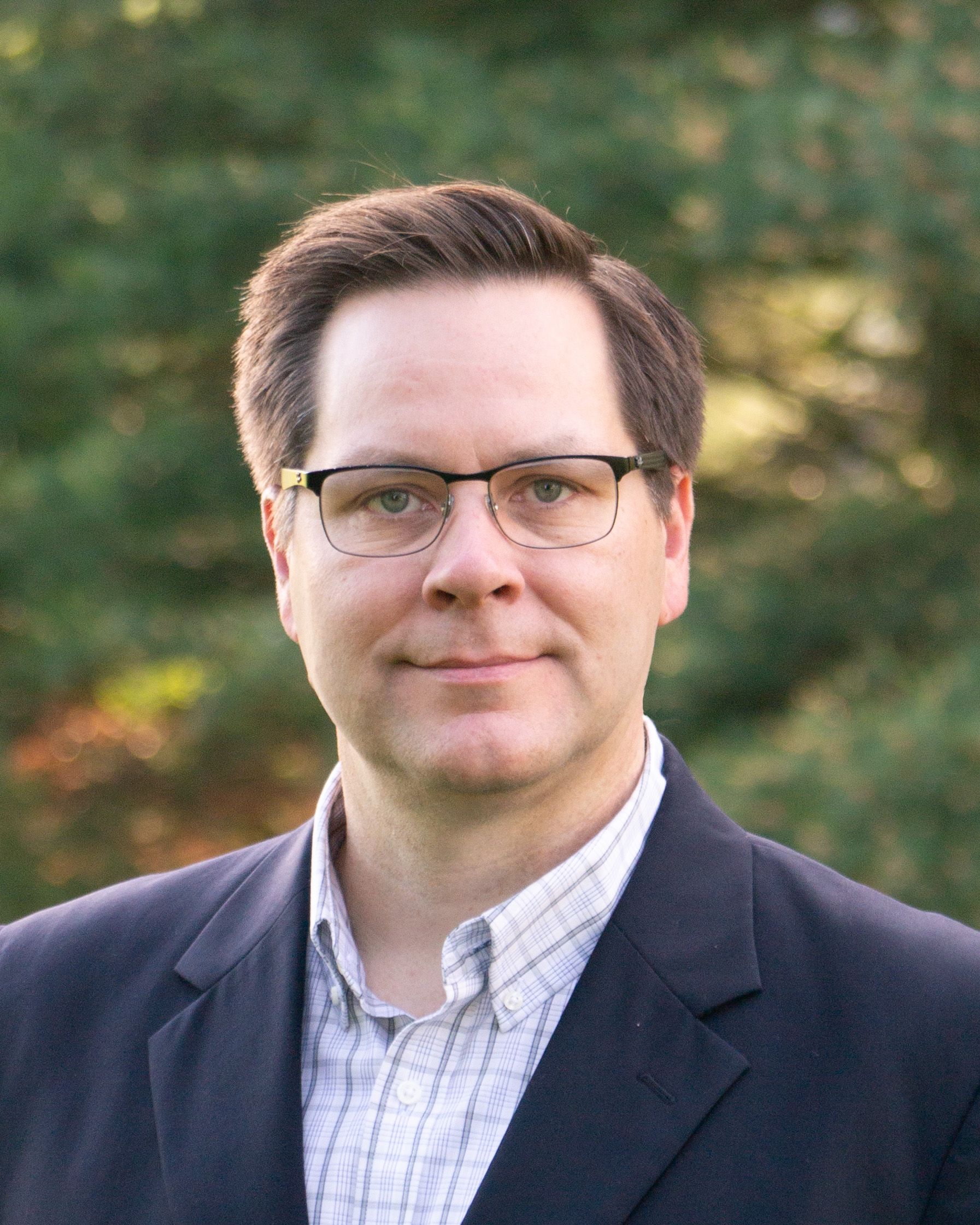Christopher Richardson: Epitaxial nitride thin films for superconducting quantum circuits

Christopher Richardson
Laboratory for Physical Sciences
12:15 pm - 1:15 pm
Elings Hall 1601
Abstract: Engineered superconducting thin film heterostructures are needed to create future generations of high-fidelity superconducting qubits. Through a structure-first approach, Plasma Assisted Molecular Beam Epitaxy (PAMBE) is used to grow niobium titanium nitride alloys (NbxTi1-xN) and wide bandgap nitride (AlN) superconductors directly on sapphire wafers. Alloyed thin films that have an engineered lattice constant are designed and synthesized to match the in-plane atomic spacing of AlN. The alloyed films are grown at temperatures below 1000 oC, exhibit a superconducting critical temperature over 15 K, a root-mean-square surface roughness less than 1 Å, high quality factors at low powers, non-saturating loss-behavior at high powers, and low kinetic inductance. These engineered superconducting thin films are ideal for the creation of an epitaxial Josephson junction and qubit devices that operate at higher temperatures.
Bio: Dr. Richardson is the Director of the Laboratory for Physical Sciences (LPS) Qubit Collaboratory, a Research Scientist at LPS, and an Adjunct Professor in the Department of Materials Science and Engineering at the University of Maryland. He received his BS degree in Engineering Physics from the University of Maine, and MS and PhD degrees in Materials Science and Engineering from Johns Hopkins University. He has authored papers and conference contributions in technical areas spanning epitaxial material design, thin film growth, materials characterization, optoelectronic devices, and superconductor resonators. Richardson’s current research interests include molecular beam epitaxy of dissimilar materials and the materials science of quantum information systems.